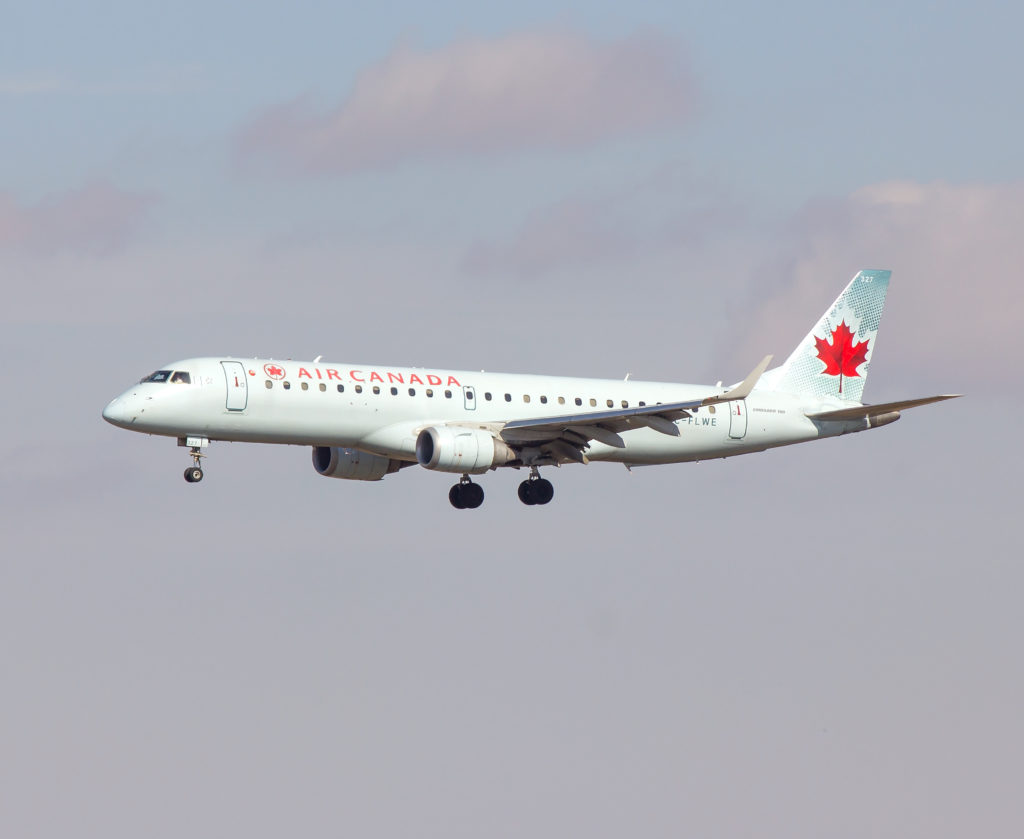Estimated reading time 4 minutes, 54 seconds.
Transport Canada (TC) on May 3, 2021, issued a Civil Aviation Safety Alert (CASA) outlining an issue related to “the operation of aircraft equipped with the Honeywell Primus Epic integrated avionics system transponders.”
The CASA is directed to all air operators and air service navigation providers (ANSPs) to “raise awareness” of the potential safety issue stemming from a March 7, 2020, incident at Toronto/Lester B. Pearson International Airport (CYYZ). The Transportation Safety Board (TSB) recently advised TC of the occurrence “where immediately following a rejected takeoff, an Embraer 190 (E190) equipped with a Honeywell Primus Epic integrated avionics system transponder incorrectly transmitted that the aircraft was in airborne status but remained on the runway.”

The E190 flight crew made a radio call on the tower frequency to inform that they were “aborting the takeoff” from Runway 06L due to a bird strike. At the same time, a Boeing 777-300 was issued takeoff clearance on Runway 06L, and read back its takeoff clearance on the same control tower frequency. The B777 began its takeoff roll while the E190 remained on the runway. The concurrent tower transmissions “went undetected, and neither air traffic control nor the B777 flight crew heard the abort radio call of the E190,” the CASA states.
As the B777 initiated ground roll, the flight crew “observed that the E190 was still on the runway” and were able to initiate a rejected takeoff. The B777 and E190 came within 3,800 feet (1,160 meters) of each other.
During the preliminary investigation, the TSB learned that the E190 Honeywell Primus Epic integrated avionics system is equipped with “software logic that determines the aircraft to be airborne when the aircraft’s indicated airspeed exceeds 50 knots.” This software logic could lead to the transmission of an airborne status while the aircraft is, in fact, still on the ground.
In addition to this, the ANSP at CYYZ relies on a runway incursion monitoring and conflict alert system (RIMCAS) “configured to use data from the aircraft’s transponder transmission as the primary indication that an aircraft has become airborne.”
The CASA continues: “The RIMCAS did not detect a conflict when the B777 began its takeoff roll and did not issue an alert until well after both aircraft had initiated their respective rejected-takeoff procedures and decelerated.”
Nav Canada published an Urgent ATC Information Bulletin in December 2020 cautioning all Toronto Tower personnel that “RIMCAS Stage 1 and Stage 2 alerts may not be generated when Embraer E-jets and some aircraft manufactured by Dassault, Gulfstream, Learjet, and Textron Aviation (formerly Cessna) are departing.” Nav Canada reminded operators to monitor the situation closely while it continues to explore “options for RIMCAS software mitigations.”
Currently, TC is communicating with the original equipment manufacturer (OEM) to “address the current software logic to identify aircraft airborne status.”
In the meantime, TC recommended that air operators educate staff and flight crew who are currently operating aircraft equipped with the Honeywell Primus Epic integrated avionics system with the information found in the CASA.
For more information concerning this issue, contact a Transport Canada Centre; or contact Commercial Flight Standards in Ottawa by email at AARTFinfo-InforAARTF@tc.gc.ca.








